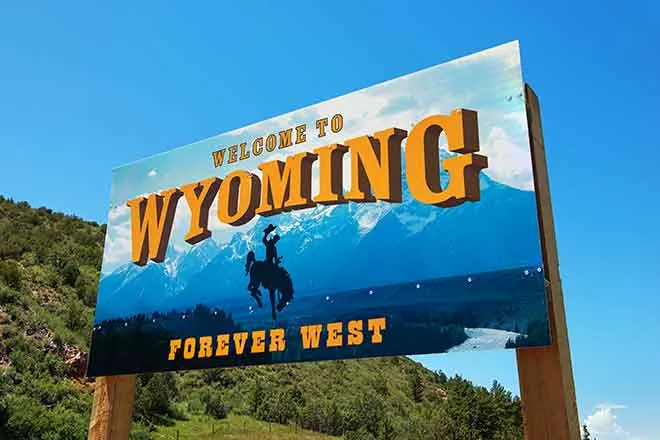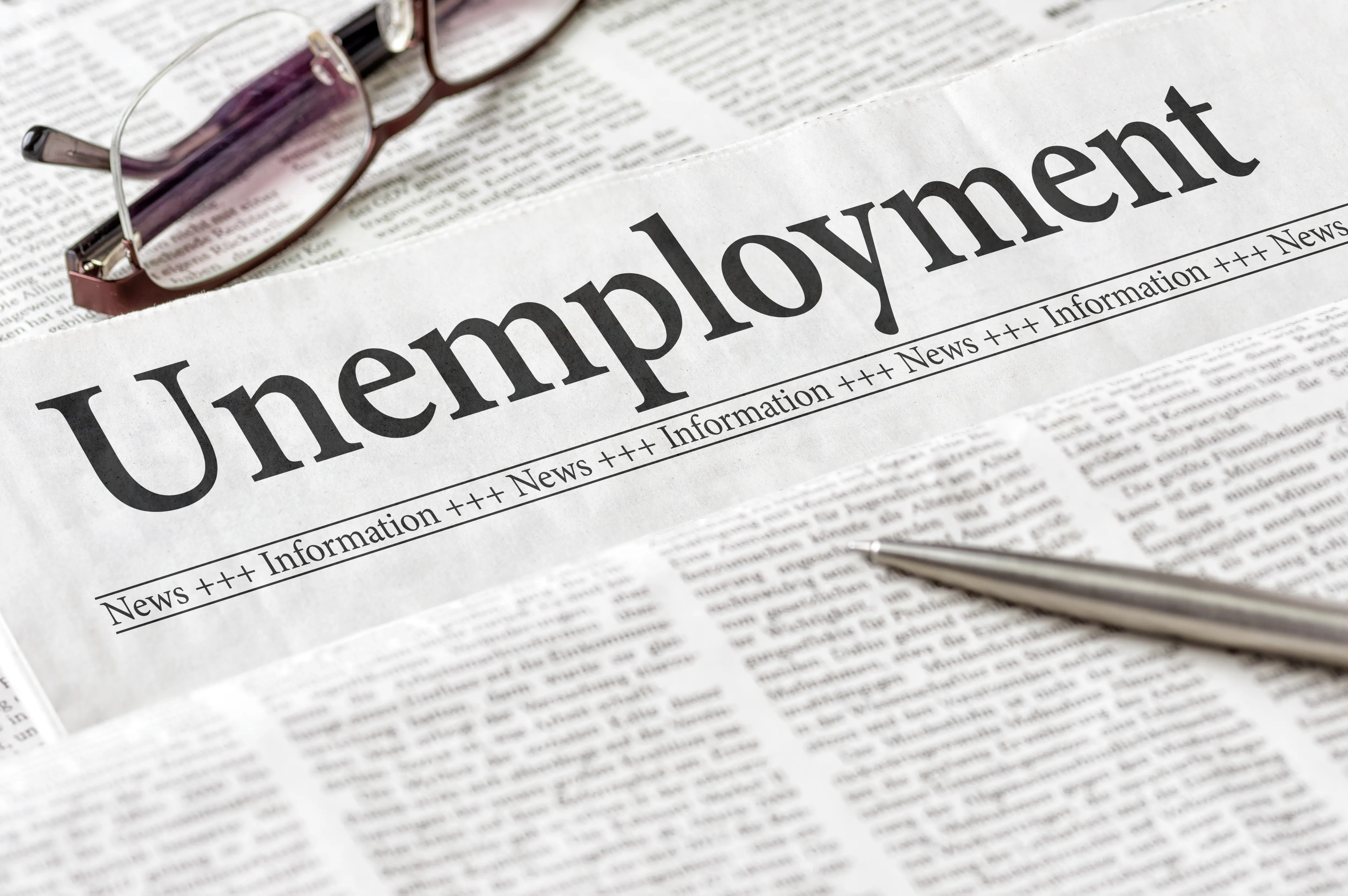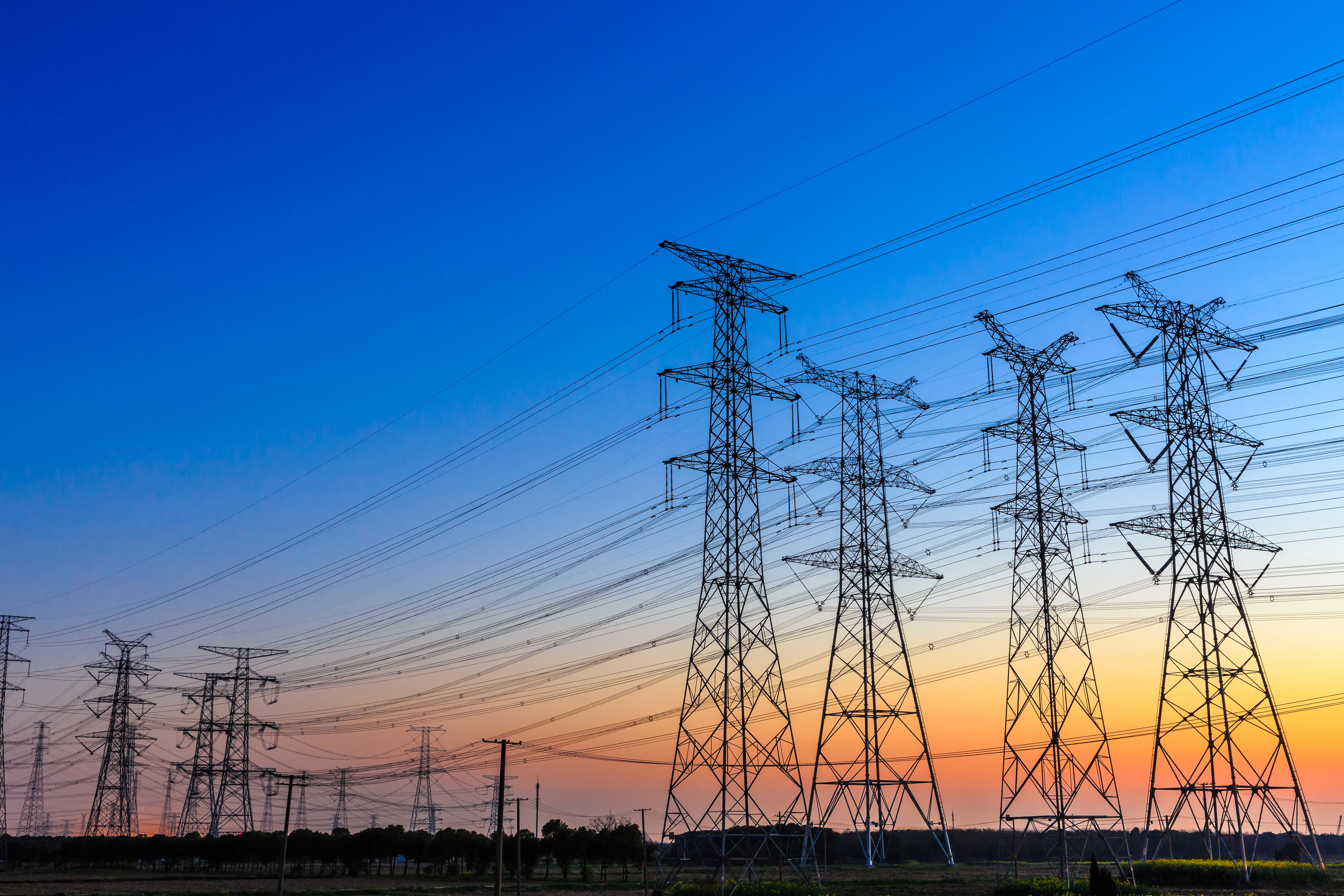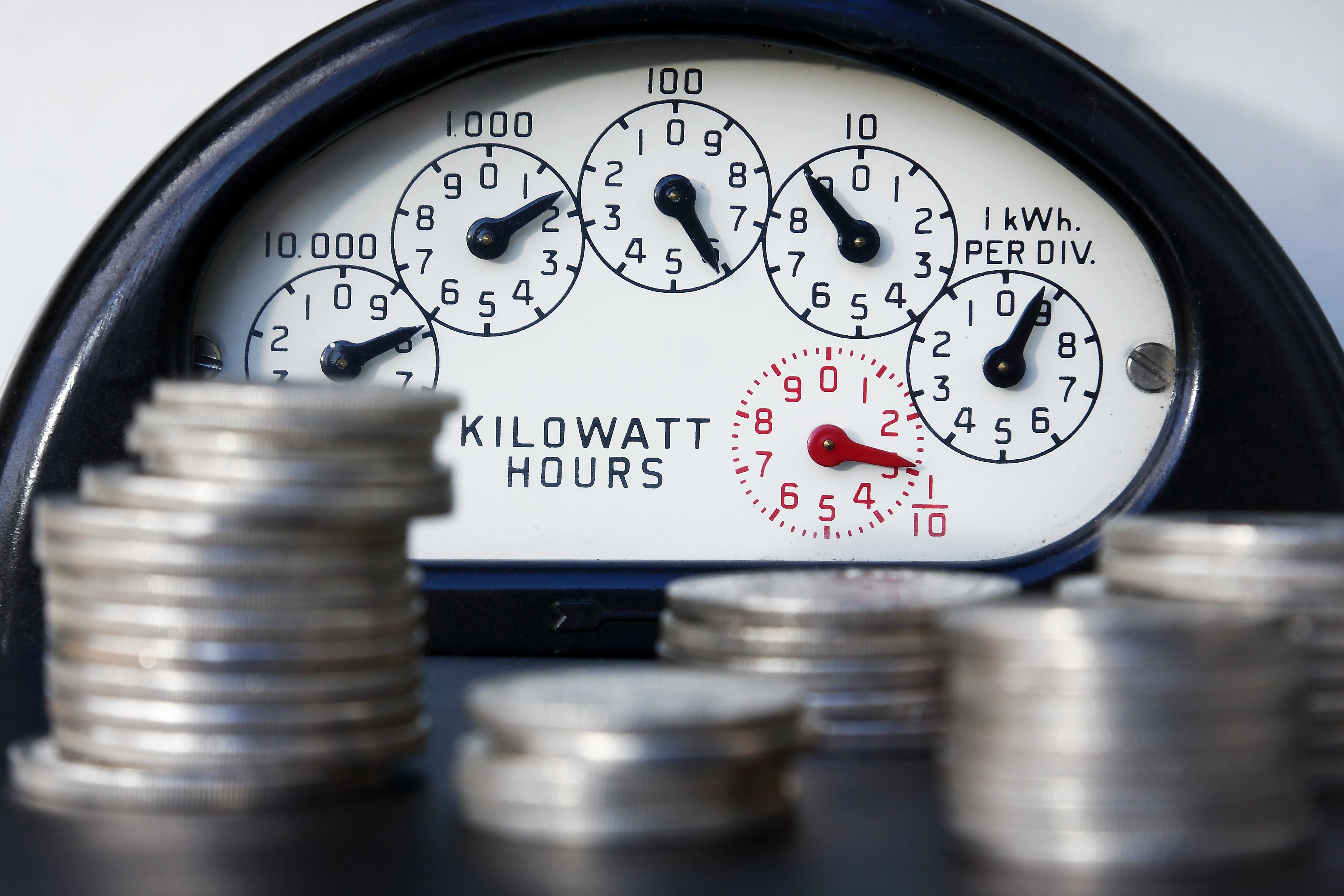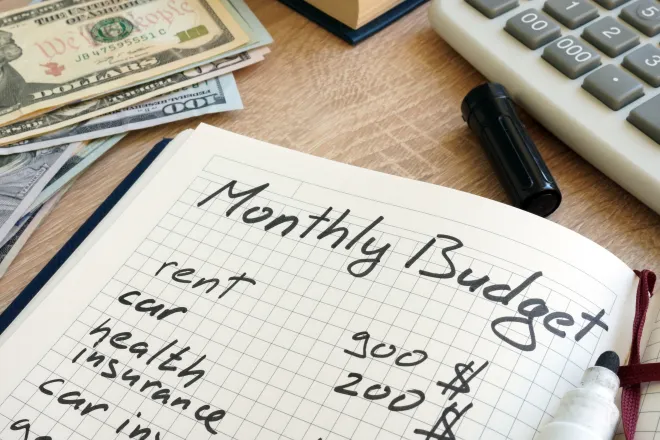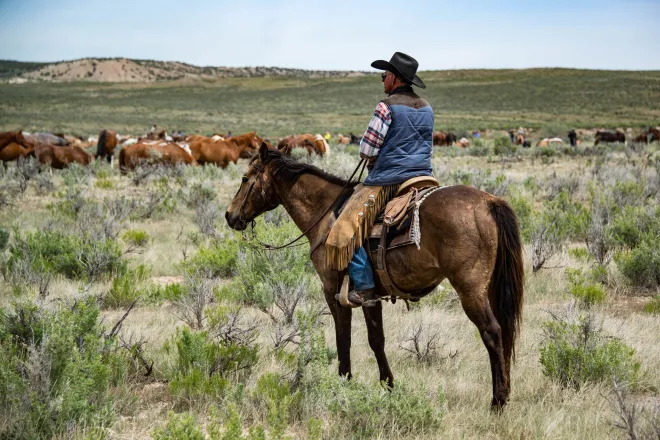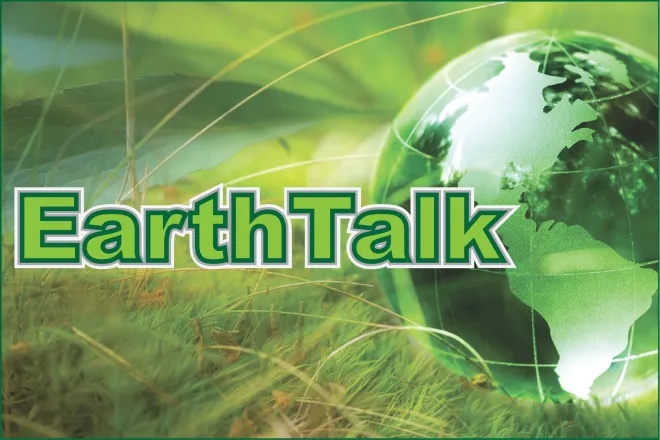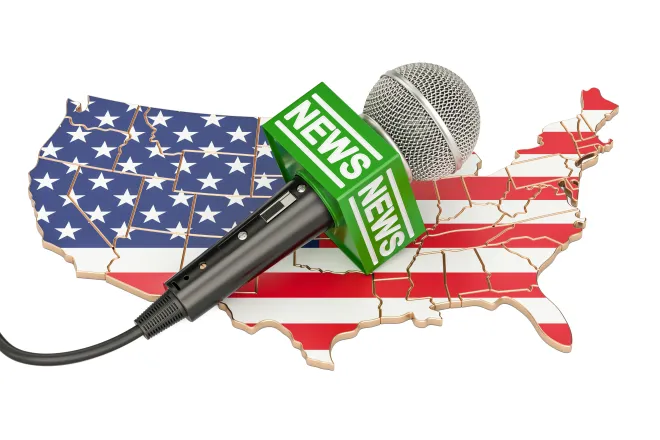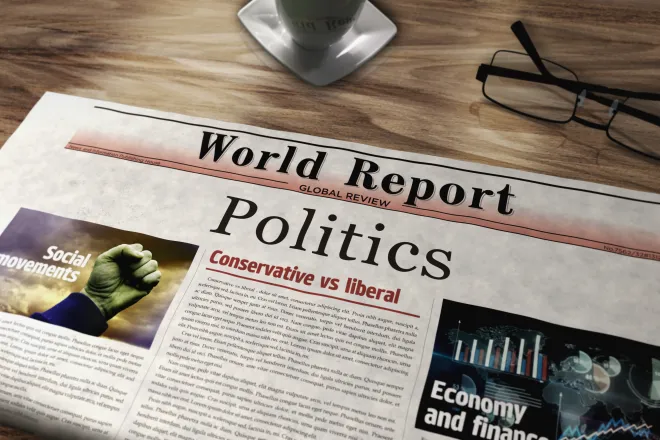
EarthTalk – How does ‘community solar’ work?
©
Dear EarthTalk:
I’m a renter and can’t put solar panels on my building’s roof even though I would like to. Someone suggested I look into “community solar” but I don’t get how that works let alone where to find such a program near me.
Peggy B., Austin, TX
For many Americans, solar energy is still a luxury rather than the energy of the future. In fact, only around 25 percent of Americans can install a rooftop solar system. However, community solar is a workaround for renters because it’s a subscription-based solar energy model, and subscribers pay a monthly fee to a local provider in return for a portion of the electricity produced. In this case, the local utility company purchases the generated power from a nearby solar farm, and a credit reflects this on the electricity bill, which helps to reduce overall costs. Most important, subscribers still pay for solar power and can join the green transition movement, but don’t need to own or maintain solar panels.
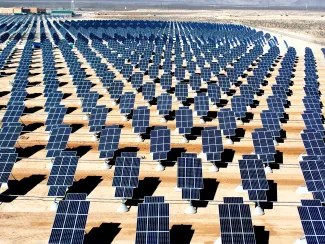
According to Laurel Passers from the Coalition for Community Solar Access, “It’s like subscribing to Netflix” because it’s an extremely straightforward process that only requires a verification that you live within the service area and a basic credit check. Additionally, subscribers receive solar credits on their utility bill, amounting to annual savings up to 15 percent. However, the accessibility of community solar depends on location. For example, many Southern states have monopolistic solar farms that can charge higher subscription fees and raise the cost barrier. To quote Jill Kysor from the Southern Environmental Law Center, “The way that they price those products, it's been more of a premium product”.
Community solar is subject to massive changes following President Trump’s recent pausing of federal funding for the $7 billion Solar for All initiative, which helped 900,000 low-income households subscribe to community solar and provided grants to 60 solar farms. Moreover, Trump has halted energy grants under the Inflation Reduction Act, causing states like Nevada to lose access to $156 million in community solar funding. While the effects on subscription pricing are still uncertain, the massive cuts towards community solar can mean that all involvement with solar energy will become indefinitely more expensive, as Trump seems unwilling to relent. After all, one of his primary messages in his campaign was “not wasting American taxpayer dollars on expensive, unreliable green energy projects.”
In light of the unforeseeable future of community solar, all prospective subscribers should reach out to providers to inquire about how recent events can influence community solar availability or fees before subscribing. Many community solar projects have helpful customer services, and resources are linked below in the contacts section to help prospective subscribers make an informed decision. Lastly, it’s most important to spread the word about community solar. Buildings in the United States account for 40 percent of the country’s total energy consumption, and empowering renters to go solar is essential to accelerating the green transition.
CONTACTS
- The National Renewable Energy Laboratory State by state Community Solar data: https://data.nrel.gov/submissions/249
- Energysage Local Community Solar Search tool: https://www.energysage.com/community-solar/solar-panels-for-apartments-and-rental-properties/
- Groundswell No-cost Community Solar Subscription for Low-income Earners (D.C. and Maryland): https://www.epa.gov/system/files/documents/2024-01/groundswell-sharepower-community-profile_2024-01-26_508.pdf.
EarthTalk® is produced by Roddy Scheer & Doug Moss for the 501(c)3 nonprofit EarthTalk. See more athttps://emagazine.com. To donate, visit https://earthtalk.org. Send questions to: question@earthtalk.org.


